Andrew Kennedy (199 KP) rated Cube (1997) in Movies
Jul 8, 2019
Made for a mere $400,000 dollars and with a lot of the special effects provided by local Canadian companies for free.
It is a simple yet ingenious premise, six strangers awaken in series of cube like rooms no recollection of how they got there or even why they are there. It also seems some of the rooms contain traps.
The tense and almost claustrophobic surroundings force both friendships and mistrust in equal measure.
The characters are well rounded and deliver believable performances of people trapped against their will, for the most part. There is a one point I disliked that felt too preachy but I did like the character.
The other thing I enjoyed was the forced interaction between the main protagonists because while there are traps this isn't some Saw film, the traps are present but just to provide the threat of one false move. I would even argue that at times the traps don't provide much of a threat but the "silent cube" really rings every drop of tension out of that scene.
The most interesting thing I found was that some people criticized the ending. Yes by the end not everything is explained, there is a lot of questions left unanswered and this is a good thing.
Why must we have everything explained? Leave thinking and wondering. Director Vincenzo Natali did film a longer ending and it was the first thing he cut.
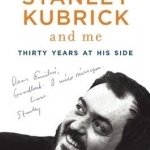
Stanley Kubrick and Me: Thirty Years at His Side
Emilio D'Alessandro, Filippo Ulivieri and Simon Marsh
Book
This intimate portrait by his former personal assistant and confidante reveals the man behind the...

Mad Girl
Book
THE NUMBER 1 SUNDAY TIMES BESTSELLER AND RICHARD & JUDY BOOK CLUB 2017 PICK A new Sunday Times...
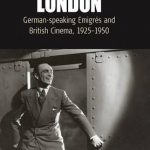
Destination London: German-speaking Emigres and British Cinema, 1925-1950
Tim Bergfelder and Christian Cargnelli
Book
The legacy of emigres in the British film industry, from the silent film era until after the Second...
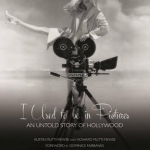
I Used to be in Pictures: An Untold Story of Hollywood
Austin Mutti-Mewse and Howard Mutti-Mewse
Book
I Used to be in Pictures is a collection of unpublished correspondence between English born...
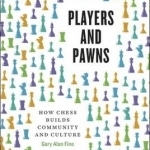
Players and Pawns: How Chess Builds Community and Culture
Book
A chess match seems as solitary an endeavor as there is in sports: two minds, on their own, in...
Quantum Ontology: A Guide to the Metaphysics of Quantum Mechanics
Book
Metaphysicians should pay attention to quantum mechanics. Why? Not because it provides definitive...
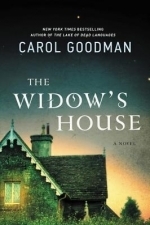
The Widow's House
Book
This chilling novel from the bestselling, award-winning author of The Lake of Dead Languages blends...
fiction thriller
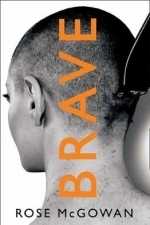
Brave
Book
"My life, as you will read, has taken me from one cult to another. BRAVE is the story of how I...
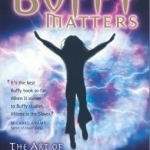
Why Buffy Matters: The Art of Buffy the Vampire Slayer
Book
Hugely enjoyable, long awaited book by top world authority on "Buffy the Vampire Slayer". Buffy is...

